Table of Contents
Nibil Obstat: Rev. Daniel J. Maurer, S.T.L.
Censor Deputatus
Imprimatur: Donald W. Wuerl, S.T.D.
Bishop of Pittsburgh
May 8, 2003
The Nihil Obstat and Imprimatur are declarations that a work is considered free from doctrinal or moral error. It is not implied that those who have granted the same agree with the contents, opinions, or statements expressed.
Unless otherwise indicated, Scripture excerpts used in this work are taken from the Catholic Edition of the Revised Standard Version of the Bible (RSV), copyright 1965 and 1966 by the Division of Christian Education of the National Council of the Churches of Christ in the United States of America. Used by permission. All rights reserved. Some Scripture excerpts are taken from the New American Bible with Revised New Testament and Psalms (NAB), copyright 1991, 1986, 1970, Confraternity of Christian Doctrine, Inc., Washington, D.C. Used with permission. All rights reserved. No part of the New American Bible may be reproduced by any means without permission in writing from the copyright owner. Still other excerpts are from Confraternity of Christian Doctrine (CCD); and the Douay-Rbeims (DR). Catechism excerpts are from the English translation of the Catechism of the Catholic Church, Second Edition, for use in the United States of America, copyright 1994 and 1997, United States Catholic Conference Libreria Editrice Vaticana. Used by permission. All rights reserved.
Every reasonable effort has been made to determine copyright holders of excerpted materials and to secure permissions as needed. If any copyrighted materials have been inadvertently used in this work without proper credit being given in one form or another, please notify Our Sunday Visitor in writing so that future printings of this work may be corrected accordingly.
Copyright 2003 by Our Sunday Visitor Publishing Division,
Our Sunday Visitor, Inc.
All rights reserved. With the exception of short excerpts for critical reviews, no part of this work may be reproduced or transmitted in any form or by any means whatsoever without permission in writing from the publisher. Write: Our Sunday Visitor Publishing Division / Our Sunday Visitor, Inc. 200 Noll Plaza / Huntington, IN 46750
ISBN: 1-931709-12-2 (Inventory No. T11) LCCN: 2003105339
Cover design by Monica Haneline / Interior design by Sherri L. Hoffman Cover image compliments of Saint Isaac of Syria Skete, www.skete.com. PRINTED IN THE UNITED STATES OF AMERICA
CHAPTER 1
On Unfinished Christians
N ot long ago, a series of self-help books appeared. The series was called Teach Yourself. And its titles made extravagant promises: Teach Yourself Basketball, Teach Yourself Jazz Piano, and Teach Yourself Plumbing. One title, however, was the most outlandish of all: Teach Yourself Christianity.
Maybe the author intended the title to be ironic. Indeed, there is no other way it could make sense. For one of the first things anyone must learn about Christianity is that it cannot be self-taught. There are no self-made success stories in the spiritual life, no do-it-yourself kits for aspiring saints or self-help manuals for authentic mystical experience. How can they hear without someone to preach? asked St. Paul. And how can people preach unless they are sent? (Rom 10:14-15, NAB). Those words imply a Church with authority to send and to preach; they imply a doctrine, a way of preaching, and a manner of hearing.
The early Church had a process by which seekers found a teacher, and the teacher guided them gradually through stages of inquiry, purification, and illumination. The process could take several years, and it culminated in a final phase called mystagogy (pronounced MIST-a-go-gee), which means the revelation of the mysteries. What are the mysteries revealed in mystagogy? The mysteries are the sacraments, which are themselves revelations of Gods eternal mystery that surpasses all understanding (see Eph 3:19). Everything in the earthly life of Jesus was a sign of that mystery (see CCC, n. 515); and now, in the age of the Church, the mysteries of Christs life have passed over into the sacramental mysteries.
As the last phase of initiation, mystagogy came only after the seeker was no longer a seeker, but a Christian newborn to divine life in baptism and made one with Christ in Holy Communion. Indeed, all the previous stages served as needed preparation for the last. Only a purified mind and body could be worthy vessels of the mysteries. Only an enlightened soul could see the invisible reality that is present in every sacrament.
Yet it was the promise of this end that drew the seekers onward through the long and sometimes grueling course of learning and purification. The mystery of God, after all, is ultimately what attracted them to the faith, though it had been only glimpsed as through a glass, darkly in the rites and prayers of the Church.
Even today, what draws many people to the faith is the very stuff of mystagogy: the Churchs rituals, its ancient tradition, its mystical life, its rich interpretation of the Bible, and the bold promise of communion with God. Mystagogy, then, is the fulfillment of all the teaching that has gone before, and is the only suitable conclusion to that teaching.
Mystagogy for the Masses
Still, its fair for us to ask whether this teaching should be for converts only. Many Catholics who were baptized as infants still feel they know too little of the Churchs mystical life, or sacramental life, or biblical teaching. Even the authors of this book one a cradle Catholic with twelve years of Catholic schooling, the other a scholar with a doctorate in theology feel the need for ongoing mystagogy.
Mystagogy is what we all need, and what we always need, because Gods mysteries are inexhaustible. Till we get to heaven, were all unfinished Christians.
The technical definition of mystagogy is post-baptismal instruction, and it is usually assumed that this lasts from Easter to Pentecost. But there is no reason why it cannot extend until the end of ones life on earth. After all, each and every one of those days qualifies as post-baptismal.
In this book, we have tried to give modern readers some sense of how the ancient Christians experienced mystagogy. It was a daily event then. The newly baptized believers met by the altar every morning to listen to their bishop explain the most profound truths of the faith. Youll note, as you read, that their explanations were primarily explanations of the Scriptures. In their mystagogical teachings, the Church Fathers continued the typological reading of Scripture that Christ taught to His disciples that is, they saw the New Testament concealed in the Old, and the Old Testament revealed in the New. The Fathers saw the great events of salvation history as types prefiguring the sacraments of the New Covenant. Peter was able to understand the great flood as a sign of baptism; Paul could see the Eucharist foreshadowed in the manna given to Israel in the desert.
A precious handful of mystagogical sermons have survived the centuries, and we have used these to prepare the daily meditations included in this book. Because the period of most intense mystagogy lasted the fifty days from Easter to Pentecost, we have included fifty readings. But the book is not designed, necessarily, to be seasonal. Mystagogy is the work of a lifetime, and the words of the Church Fathers are always timely witnesses to the Christian meaning of current events and of our own inner lives.

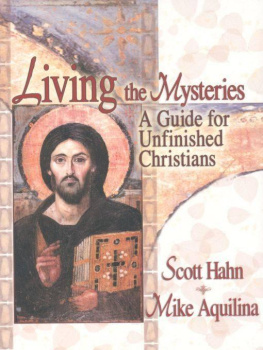
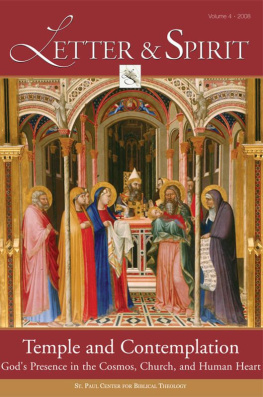

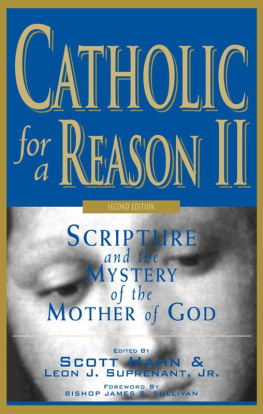
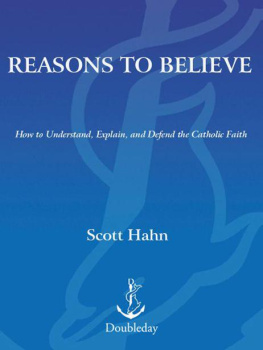
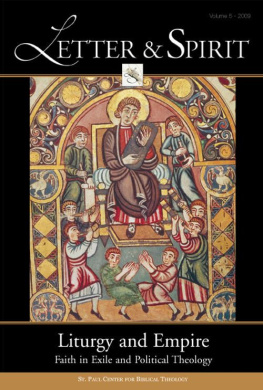
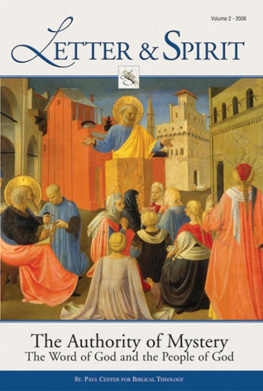


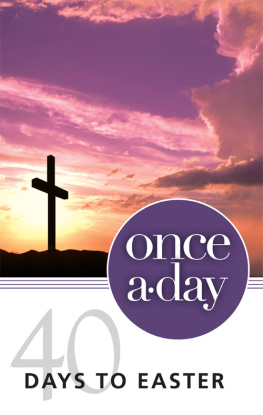
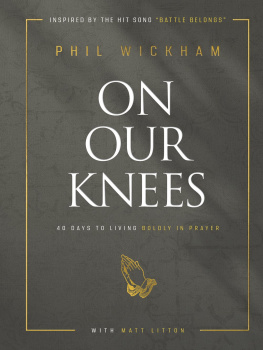
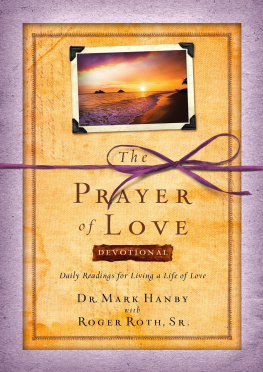
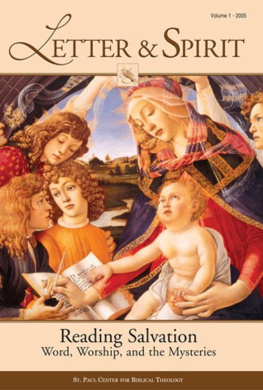
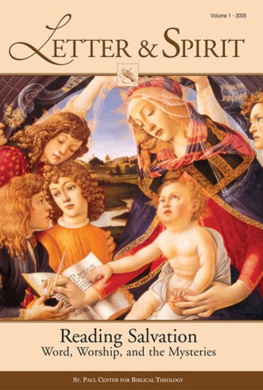
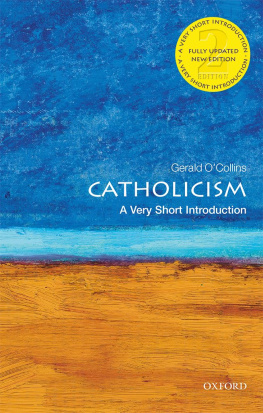
![Scott Hahn [Inconnu(e)] - Letter and Spirit: From Written Text to Living Word in the Liturgy](/uploads/posts/book/134755/thumbs/scott-hahn-inconnu-e-letter-and-spirit-from.jpg)
![Scott Hahn [Inconnu(e)] - Lenten Reflections From a Father Who Keeps His Promises](/uploads/posts/book/134754/thumbs/scott-hahn-inconnu-e-lenten-reflections-from-a.jpg)

